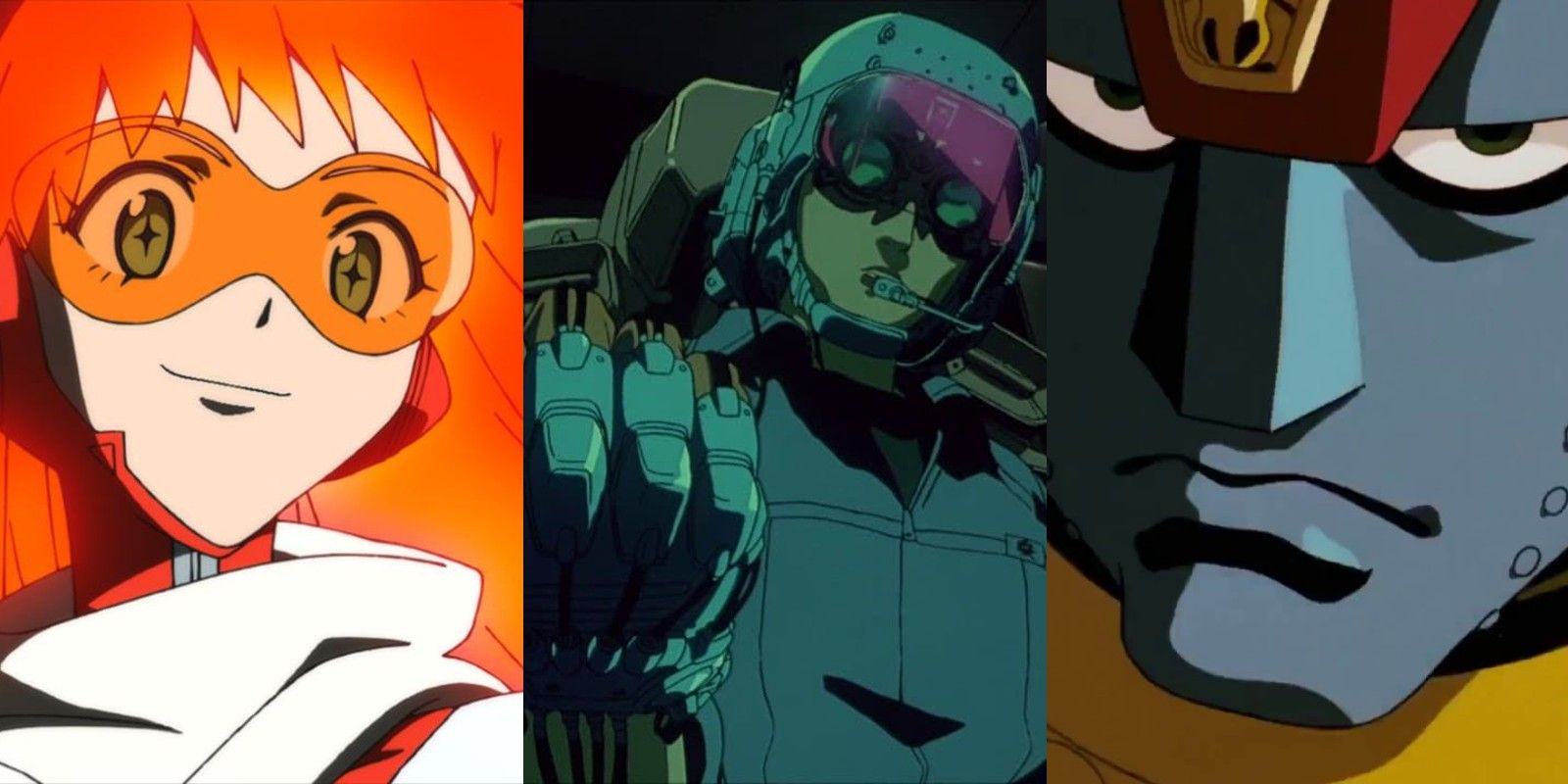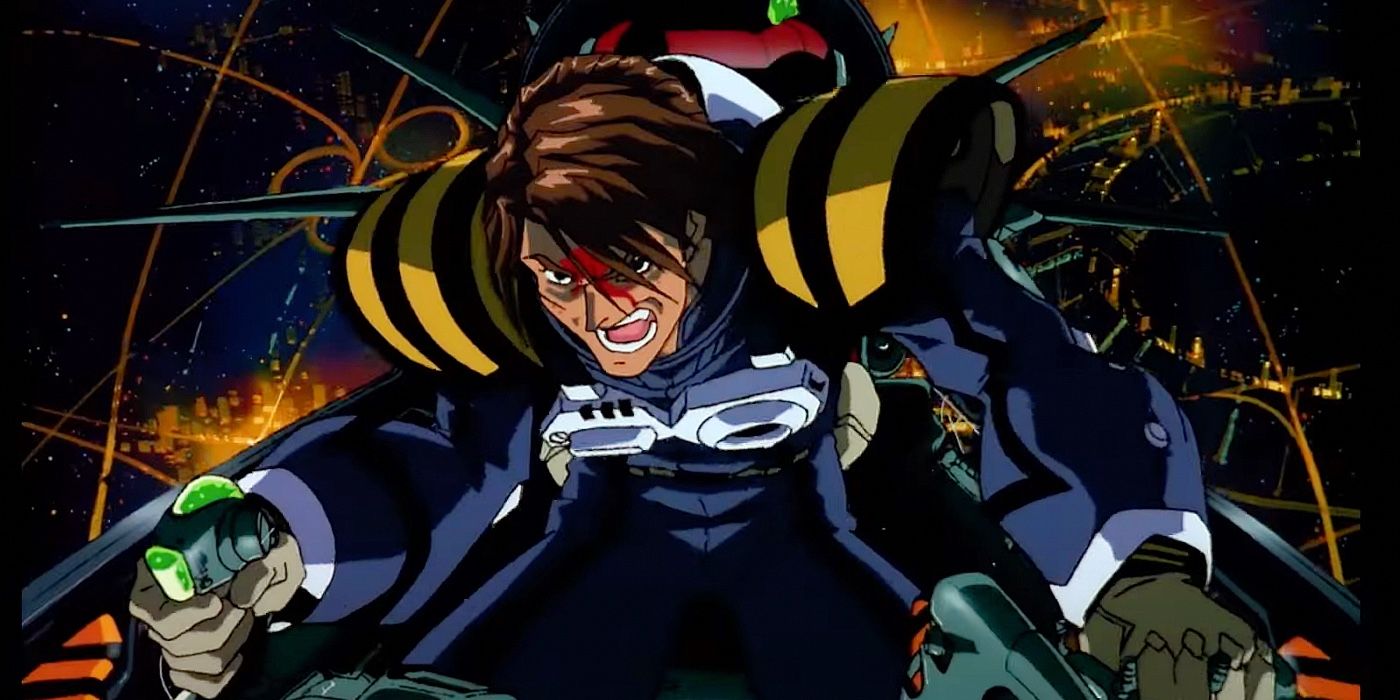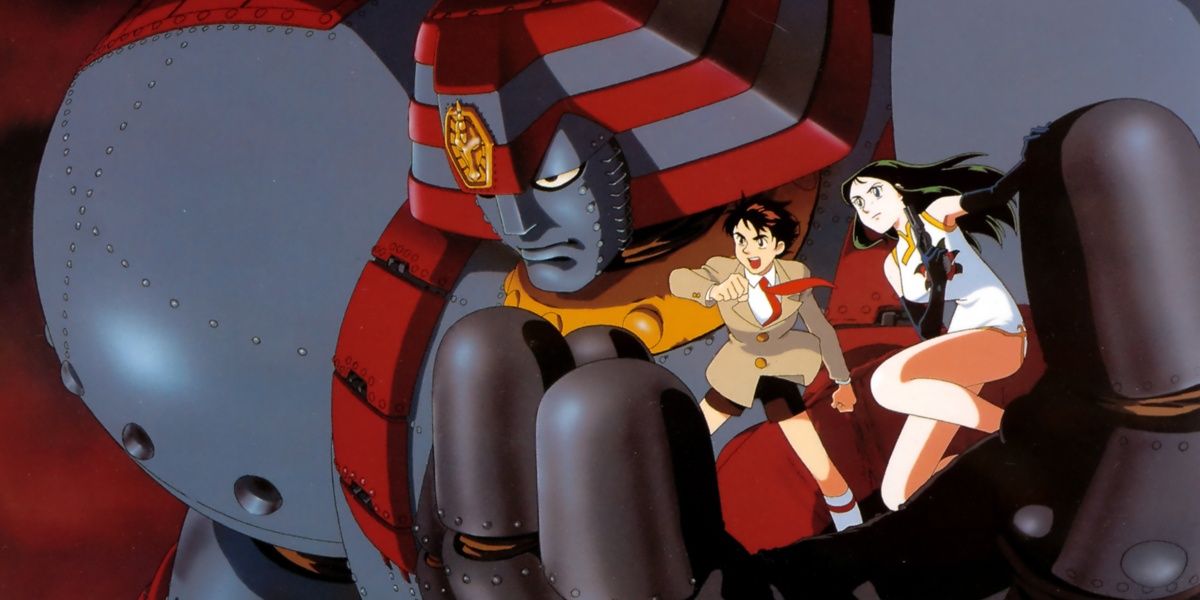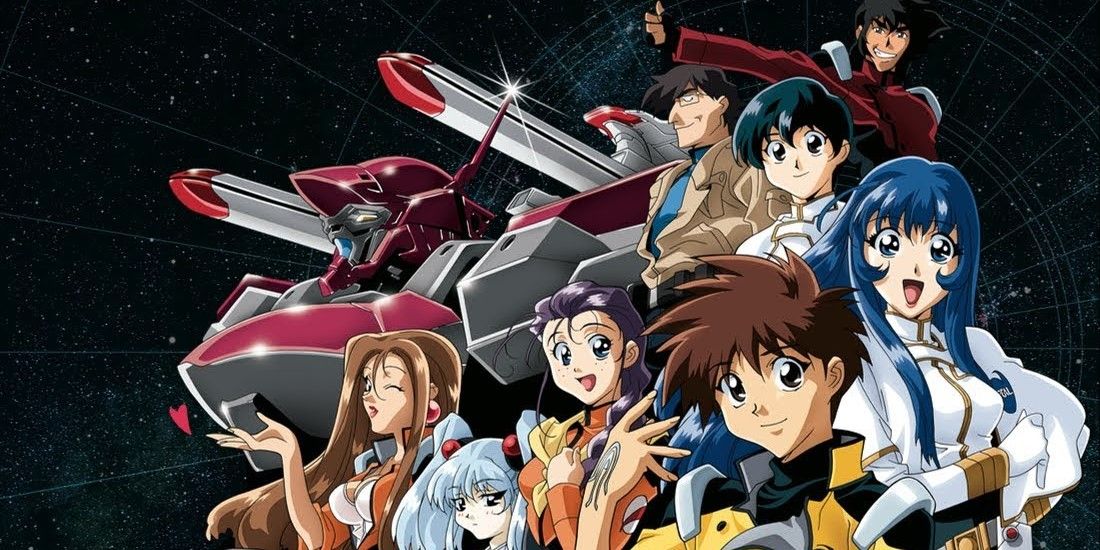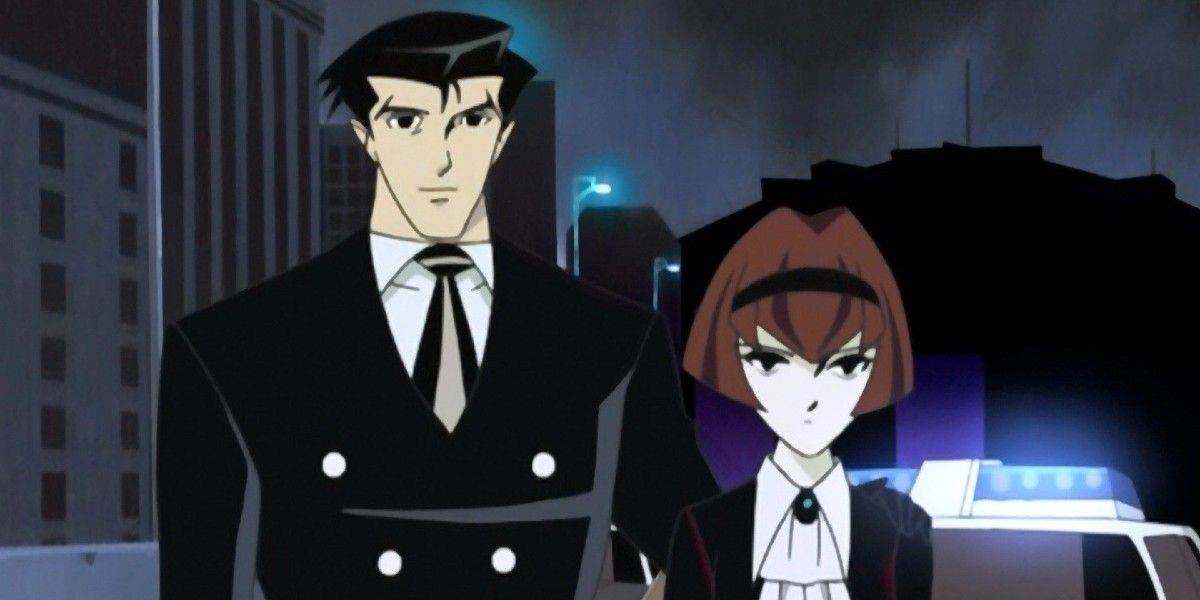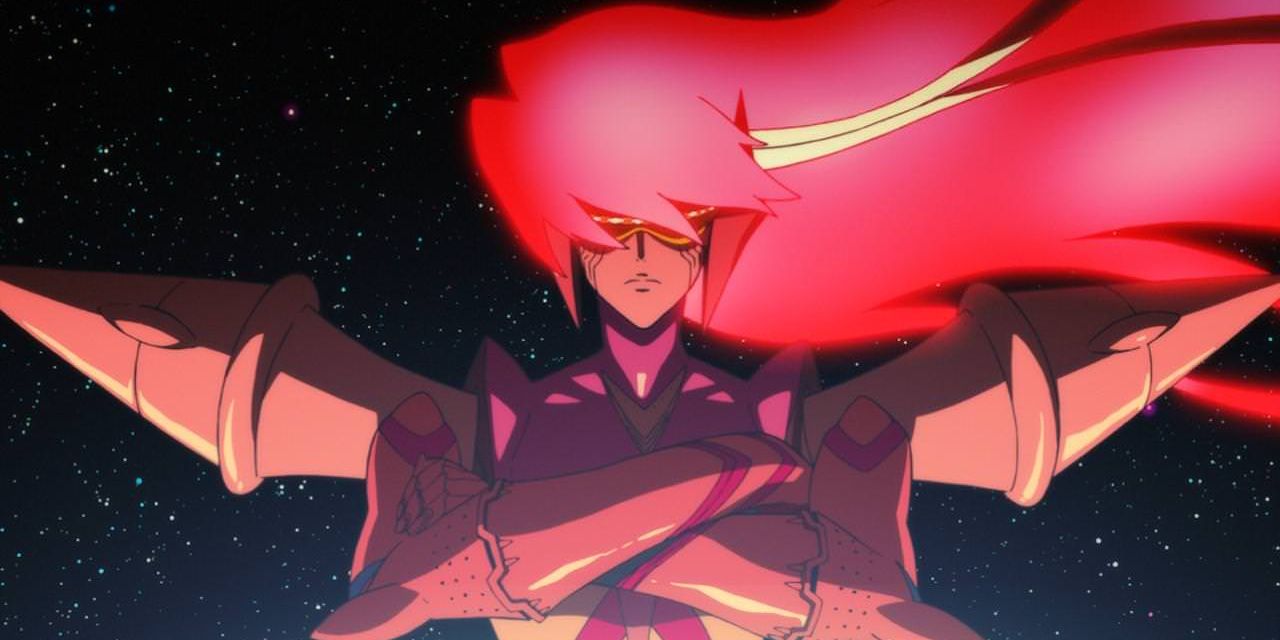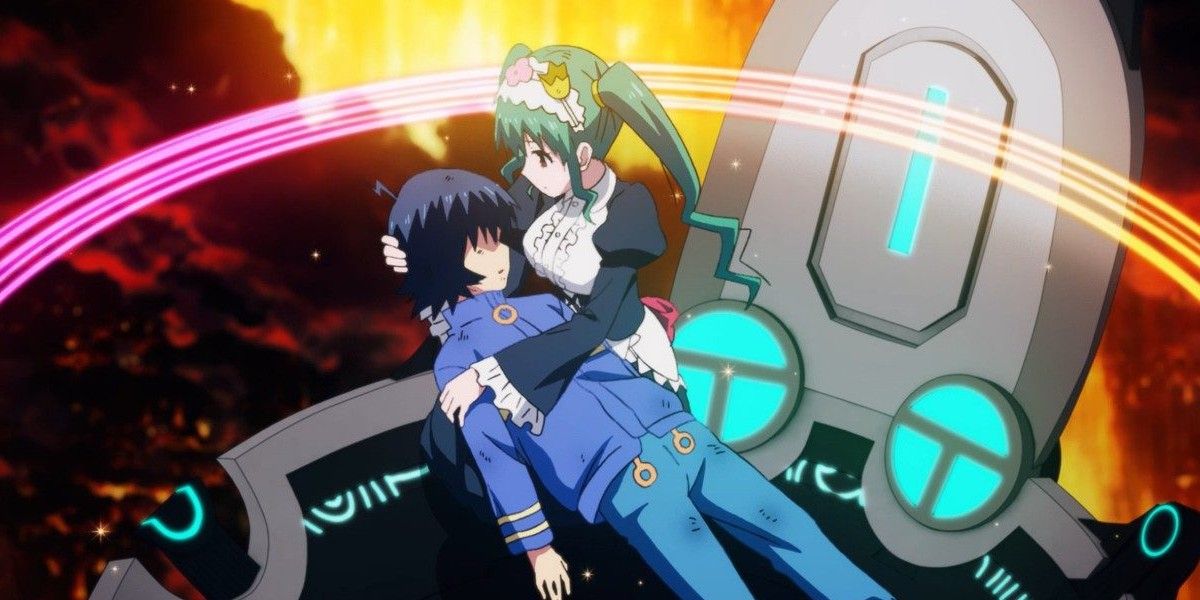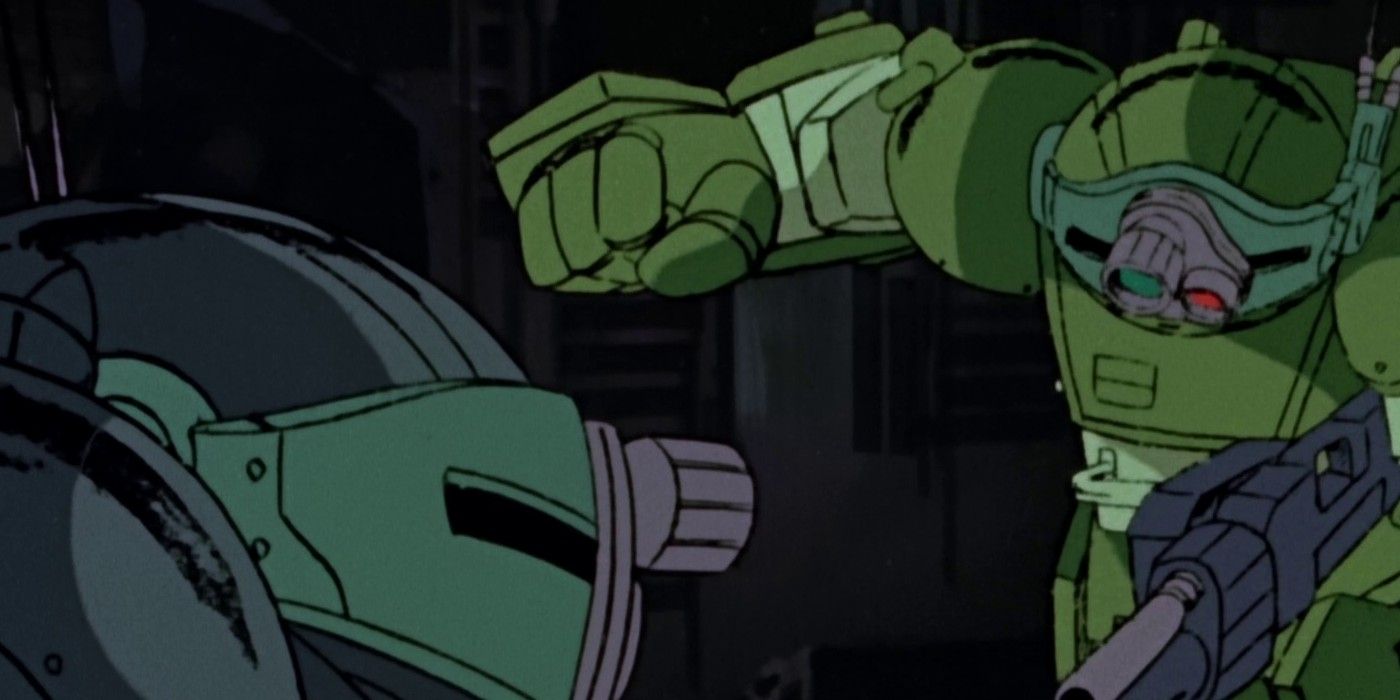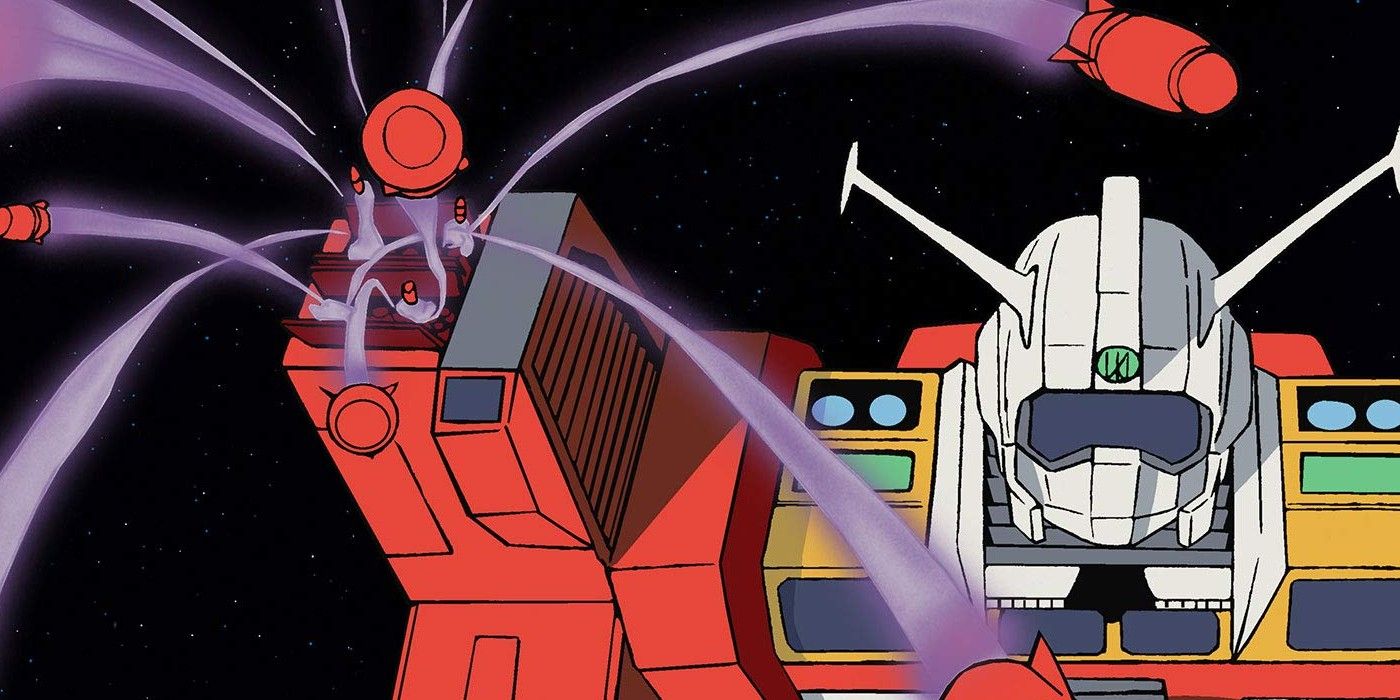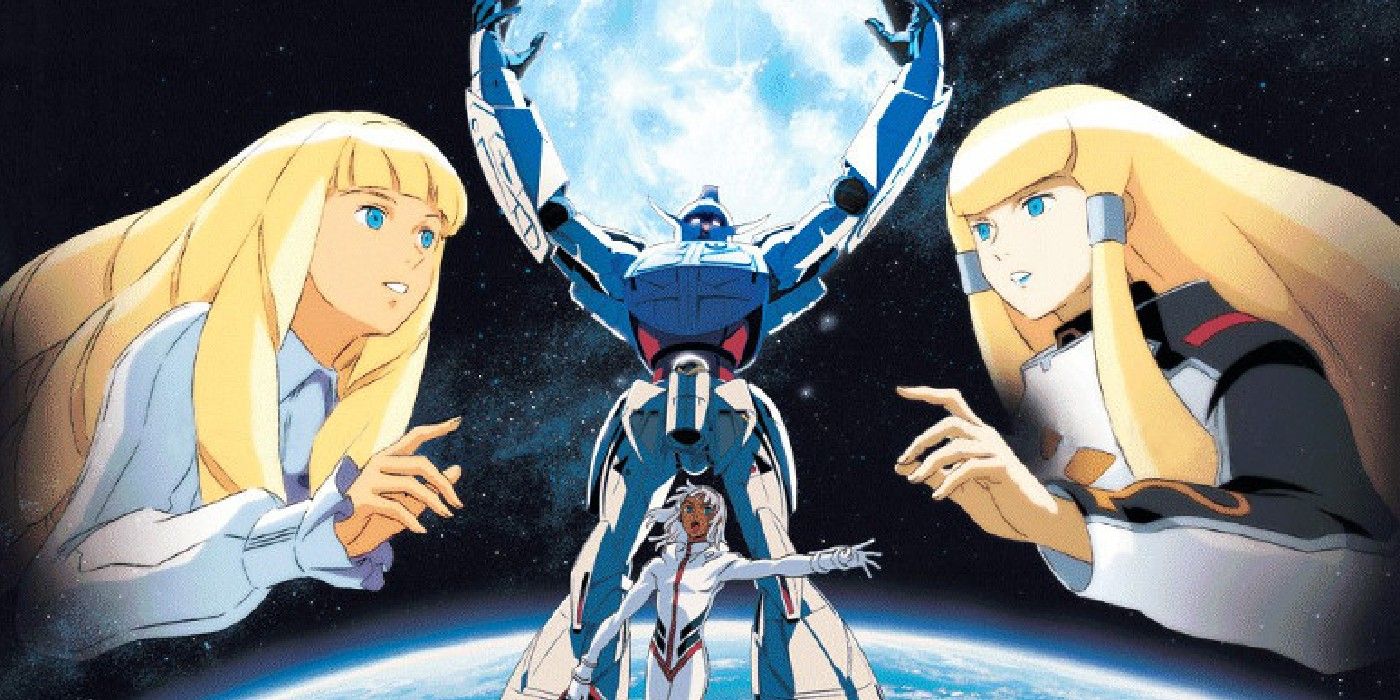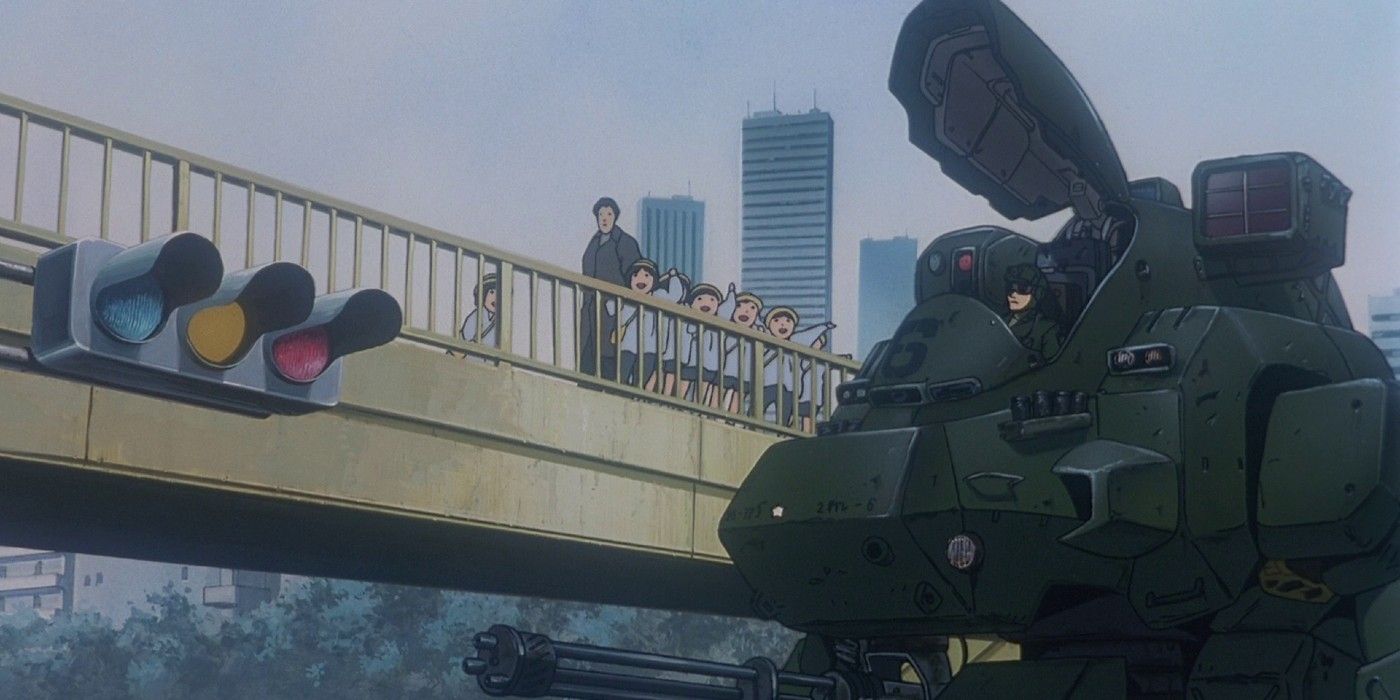The mecha genre is to anime what westerns are to film. While their appeal has waned over time, their importance to their media cannot be denied. The initial decades of anime are defined by the mecha genre's prominence. Giant robots capture the audience's minds and open up questions regarding heroism, existentialism, war, and the self. This gives the mecha genre room to develop some of anime's greatest titles. Anime would be a drastically different beast if not for the 1979 season of Mobile Suit Gundam, Gigantor, Mazinger Z, and Neon Genesis Evangelion.
While mecha played an integral part in the rise and development of anime, not every show is as prolific. Some works are overlooked by the modern audience. This is compounded by mecha's inability to recapture the attention of viewers. Regardless, many of these anime deserve greater recognition.
10 Macross Plus Gives A Classic Franchise A New Spin
Macross Plus was one of the first shows by the legendary trio of Shinichiro Watanabe, Keiko Nobumoto, and Yoko Kanno. Their fresh direction modernized the franchise, giving it elements of cyberpunk and noir. Viewers can see the blueprint of future works like Cowboy Bebop and Wolf's Rain in Macross Plus.
By its own merits, the series is loud, unapologetic, and inventive. Isamu and Guld are difficult men. They are violent, confrontational, and do not reflect on their actions. While that would normally be a bad thing, the show figures out ways to effectively use them within its own narrative. It injects the bold edge of the '90s into a classic franchise.
9 Giant Robo: The Day The Earth Stood Still Revives The Spirit Of Old School Anime
Giant Robo: The Day the Earth Stood Still is an homage to old-school anime and manga, specifically the works of Mitsuteru Yokoyama. The robot designs are less mechanical. The characters look softer, rounder, and allow for greater anatomical variety. The tone bounces around comical levity and cartoonish villainy.
The grandeur of the anime is undeniable. The animation is great, the fights are flashy and carry weight, and many of the characters are interesting. The only thing holding this show back is that it does not have a proper continuation. A sequel would do so much good for it. Regardless, it is an incredibly fun ride.
8 Martian Successor Nadesico Is A Lighthearted Love Letter To Mecha
While Martian Successor Nadesico garnered some success during the '90s, the show has already been forgotten by the greater modern anime audience. However, there was a lot about it that was likable. The cast was a colorful bunch. It prioritized its comedy over the serious aspects of the show without making itself asinine.
More than anything, it loved the mecha genre. There was a mecha show within the universe of Nadesico that played a crucial part in the characterization of its war. Parts of it could be read as meta-commentary on select fans of the mecha genre. There was substance to be found in its fanatic zaniness.
7 There Is No Anime That Is Styled Like The Big O
If the 1950s and 1960s mecha anime had a child with Batman: The Animated Series, the kid would be The Big O. Its setting is evocative of Gotham, but it exchanges the superhero elements for super robots. Roger Smith is a rich crime-fighter who pilots The Big O to combat outlandish and megalomaniacal villains.
Underneath all the aesthetics and posturing, the anime has a mystery that takes a toll on its central characters. They start questioning their sense of self and the nature of their existence. A modern audience might be able to appreciate how unique this mecha show is.
6 Diebuster Is The Forgotten Bridge Between Oldschool And Newschool Mecha
Gainax became one of the most exciting and reputable mecha studios when they came out with 1988's Gunbuster. Regardless of its success and impact, it took 16 years before it got a sequel. Diebuster carried the heart of its predecessor, showing glimpses of the introspection and loneliness that permeated through the original series.
However, the speed, energy, and style of the show were completely different. At this point, Gainax had already made FLCL. It was that manic energy that seeped into Diebuster. The mechanical designs of the mecha were dropped for larger, more dynamic, and humanoid robots. This anime marked the point when Gainax would become far more over-the-top and romantic.
5 Planet With Is Surprisingly Fun Despite Its Appearance
It is not surprising that Planet With flew under the radar. The art direction felt pedantic, and the CGI mechs put off a lot of people. Most viewers who watched it were fans of the manga creator Satoshi Mizukami, an underrated artist with amazing works like Spirit Circle and Lucifer and the Biscuit Hammer.
For a 12-episode show, Planet With was incredibly dense. New ideas and conflicts were pushed out in rapid succession. The show also embraced a lot of the tropes within the medium and constantly employed them. The end result made the best of everything it was given, rising above expectations.
4 Exploring The Toll Of War In Armored Trooper Votoms
Legendary mecha studio Sunrise made Armored Trooper Votoms' tone a lot more subdued than most other mecha shows. It focuses on the perspective of a soldier who has lost his place. Chirico is a super-soldier who is set up by his own military. Instead of taking the fall, he escapes their grasp and tries to figure out the truth behind the corruption.
The show follows Chirico's journey closely. He meets allies and a mysterious love interest. He engages in guerilla warfare and almost dies on multiple occasions. The path he undertakes makes him shake near the end of the show. Trauma starts to root itself into his mind, as it does for many soldiers. The show is not afraid to show the negative aspects of combat.
3 Space Runaway Ideon Shows The Eventual Outcome Of Endless Conflict
One of the most controversial anime from legendary director Yoshiyuki Tomino, Space Runaway Ideon gives a bleak picture of what a wartime obsession can do. The Buff clan is initially painted as the main aggressor of the story until the truth unveils itself over the course of the anime. War is an active destructive force.
Humans believe they control the Ideon, but it is beyond them. It is the arbiter of destruction and the tool towards the end of life. Powerful weapons like it cannot be wielded or controlled. The end of the show proves how violent lifeforms can get if given the means.
2 A Direct Call For Pacifism Can Be Found In Turn A Gundam
The Gundam franchise is known for its mech designs, memorable characters, and political conflicts. However, Tomino's 1999 installment feels like it is fed up with the cycle of violence. The aspects of the franchise that make it so marketable and exciting to fans are what Turn A Gundam stands against. Loran Cehack is a fantastic lead character who cannot stomach the senseless fighting in the show.
The anime's prince and pauper dynamic further emphasizes the show's message. Somehow Kihel and Dianna have an irreplaceable bond that goes beyond their statuses at birth. Inherently, they understand that war is pointless and strive to find peace outside of arms.
1 The Overt Politics Of Patlabor 2: The Movie Define Its Legacy
As a sequel to a fairly understated franchise like Mobile Police Patlabor, it is not a surprise that many anime viewers have not seen this movie. With that said, the premise of the film can stand on its own without watching the prior film. It roots itself firmly in Japan's internal peace during the Cold War. Director Mamoru Oshii uses the movie to make a strong case against the hypocrisies of the peace and the institutions that maintain it.
Patlabor 2: The Movie is just as breathtaking as any of the other anime of the era. The scenery is detailed, the action is fluid, and the composition works to support the film's tone and themes. It should be viewed as one of the medium's greatest works.

